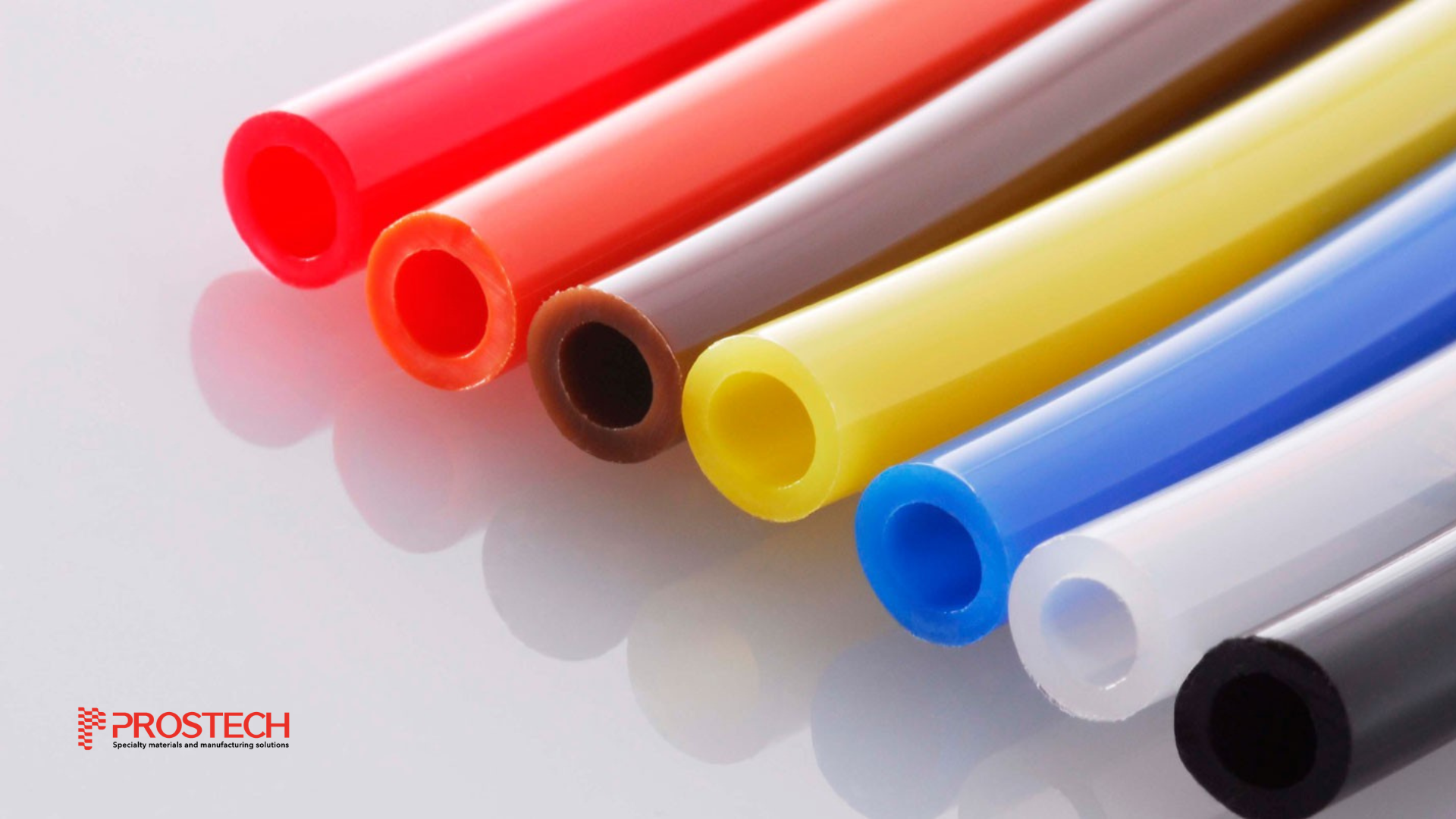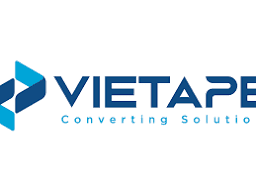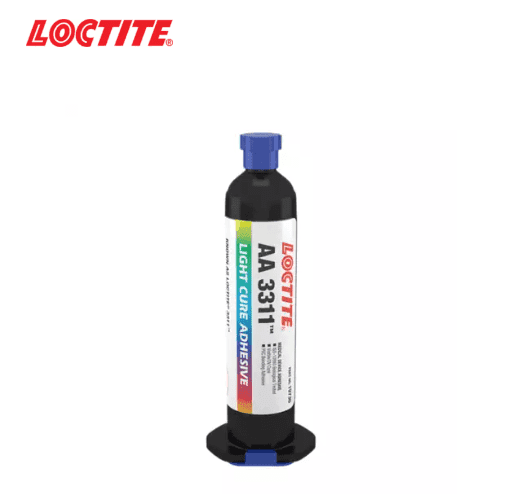In medical device assembly, substrates such as Nylon, COC/COP (cyclic olefin copolymer/polymer), and PEBA (polyether block amide) are favored for their unique properties, which meet the stringent requirements of the medical industry. However, bonding these low surface energy materials poses significant challenges due to their chemical structures. This article explores effective bonding methods to ensure durable and reliable assemblies.
Solutions for Medical Devices Assembly
Understanding the Low Surface Energy (LSE) Materials
Nylon in Medical Devices Assembly
This material is valued for its toughness and offers good thermal, chemical, and pressure resistance. Nylon provides flexibility, tensile strength, and compression resistance, which are essential for devices used in fluid management, surgical procedures, and diagnostics. Nylon is generally biocompatible, can endure various sterilization processes without degrading, making it safe for use in contact with human tissues and fluids.

COC/COP (Cyclic Olefin Polymers and Copolymers) in Medical Devices Assembly
These are known for their purity, moisture resistance, clarity, and sterilization compatibility. They serve as excellent alternatives to glass in medical devices such as prefilled syringes and serum vials due to their resistance to organic polar solvents and their ability to allow high light transmission with low haze and chromatic aberration since COC/COP has low levels of extractables and leachable.

PEBA (Polyether Block Amide) in Medical Devices Assembly
PEBA is a thermoplastic elastomer that offers low friction properties, kink and pressure resistance, softness, and flexibility. It is chemically resistant, lightweight, and provides exceptional impact and fatigue resistance. The material is lightweight, enhancing patient comfort and ease of use in wearable medical devices. PEBA is increasingly popular for medical tubing applications, including catheters and connectors, as well as medical films, also used in implantable device.
Prostech’s solutions for Catheters
Bonding Challenges in hard-to-bond substrates in Medical Device Assembly
Although these materials possess unique properties making them quite suitable for medical device manufacturing, they also present challenges due to their nature as hard-to-bond thermoplastics. The concept of adhesive bonding involves the adhesive interacting with reactive groups (such as C=O in polycarbonate or polyetherimide substrates). These reactive groups offer high electron density oxygen, which can crosslink through the double bond site. Whereas, Nylon, COC/COP and PEBA have low surface energy and smooth/glossy surfaces, that reduce the wettability of adhesive on their surface, resulting in small contact area to create durable bond.

Nylon is hydrophobic, meaning it repels water. This property is due to the presence of aliphatic carbon chains in its structure which do not interact favorably with polar substances like water. The chemical structure of nylon consists of repeating amide linkages (–CO-NH–) which are chemically inert. This inertness makes it difficult for other substances to react with or adhere to nylon. The chemical structure of nylon, with its long non-reactive carbon chains between bonding sites, contributes to these properties. For example, Nylon 6 has 6 non-reactive carbons and nylon 12 has 12 non-reactive carbons between bonding sites, making it less reactive and harder to bond.

COC/COP (Cyclic Olefin Polymers and Copolymers) are known to be hard-to-bond to adhesives due to their chemical structure. They are high-clarity copolymers primarily composed of ethylene with random interspersed groups of norbornene. This structure results in a material that has very few natural bonding sites for adhesives to attach to, making the bonding process more challenging. Additionally, COC/COP materials are amorphous polymers, which means they have a random, non-crystalline arrangement that contributes to their clarity and moisture resistance but also makes them less reactive to bonding agents. Their resistance to organic polar solvents further complicates the bonding process, as many adhesives rely on these solvents to create a bond. Usually, it requires pretreatment to achieve good adhesion.

PEBA structure consists of alternating blocks of rigid polyamide (nylon) and flexible polyether segments. These segments are connected via amide bonds, which contribute to the material’s overall properties. The bonding difficulties of PEBA are similar to those of nylon because PEBA formulations include nylon as part of their composition. The higher the nylon content (indicated by the durometer of the PEBA), the more difficult it is to bond.

Therefore, proper surface preparation can significantly improve the bonding of these challenging substrates by enhancing surface energy, removing contaminants, and optimizing conditions for adhesion.
Read more at: Surface Preparation: Key Treatments for Strong Adhesive Bonds in Manufacturing
Effective Bonding Methods for hard-to-bond substrates in Medical Device Assembly
To overcome those hard-to-bond challenges, some bonding method can be considered:
-
Ultrasonic Plastic Welding
Ultrasonic plastic welding, also referred to as fusion bonding, is a process used to join plastic components by applying high-frequency ultrasonic acoustic vibrations to the workpieces being held together under pressure. The vibrations cause localized heating due to friction and intermolecular motion, which melts the plastic at the interface of the parts.
-
Solvent Welding
Solvent welding is a process used to join plastic parts by applying a chemical solvent that temporarily dissolves the surfaces of the plastics. This allows the parts to fuse together as the solvent evaporates and the plastic re-solidifies.
While ultrasonic plastic welding and solvent welding offer fast processes and strong bonds, manufacturers face several challenges when using these techniques in medical device assembly. Manufacture can refer our solution to overcome the challenges of those methods, ensuring reliable and durable bonding of substrates like Nylon, COC/COP, and PEBA.
-
Adhesive Bonding

Another popular technique currently preferred in the market is adhesive where it could optimize the process, improve aesthetic and can be integrated automatically. Selecting a suitable adhesive is a cure to ease your pain:
|
|
|||||
|
Opening time |
No cure until exposed to UV light |
Quite short, usually less than 2 mins |
Quite short, usually less than 2 mins |
Vary from minutes to hours |
Several minutes |
|
Curing time |
Within seconds |
Fast setting in several minutes, and reach 100% strength after 24hrs |
Cure within seconds under UV, and reinforce strength at shadow area by moisture |
Cure at room temperature or minutes using heat |
Cure at room temperature or minutes using heat |
|
Gap filling |
Vary from thin to large |
Thin gap |
Thin gap |
Vary from thin to large |
Vary from thin to large |
|
Impact resistance |
Flexible |
Brittle with little impact resistance |
Brittle with little impact resistance |
Rigid with medium impact resistance |
Rigid with medium impact resistance |
|
Chemical resistance |
Some formulations have chemical-resistant grade |
Medium resistance |
Medium resistance |
Excellent resistance |
Medium resistance |
|
Substrate limitation |
Transparent substrate only |
None |
None |
None |
None |
|
Equipment needed |
UV curing machine |
None |
UV curing machine |
Heating oven if applicable |
Heating oven if applicable |
In navigating the complexities of medical device assembly, selecting the right adhesive plays an important role in ensuring product performance, safety, and regulatory compliance. Prostech stands ready to provide expert consultation and support in choosing the optimal adhesive solution for your specific application needs. With our experience in medical device manufacturing and deep understanding of adhesive technologies, we offer tailored guidance to address challenges and optimize processes. Contact us today to get free consultations!






